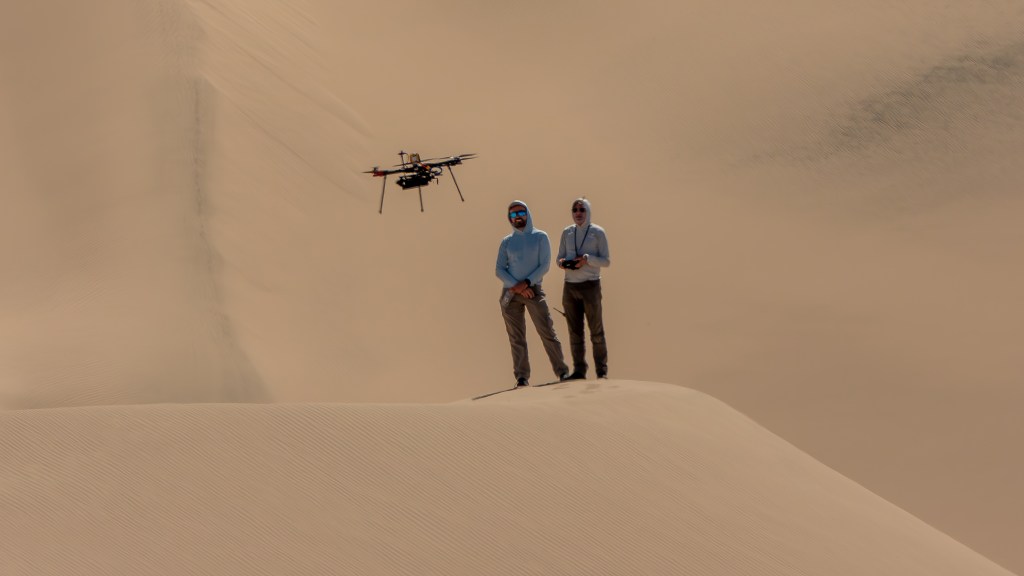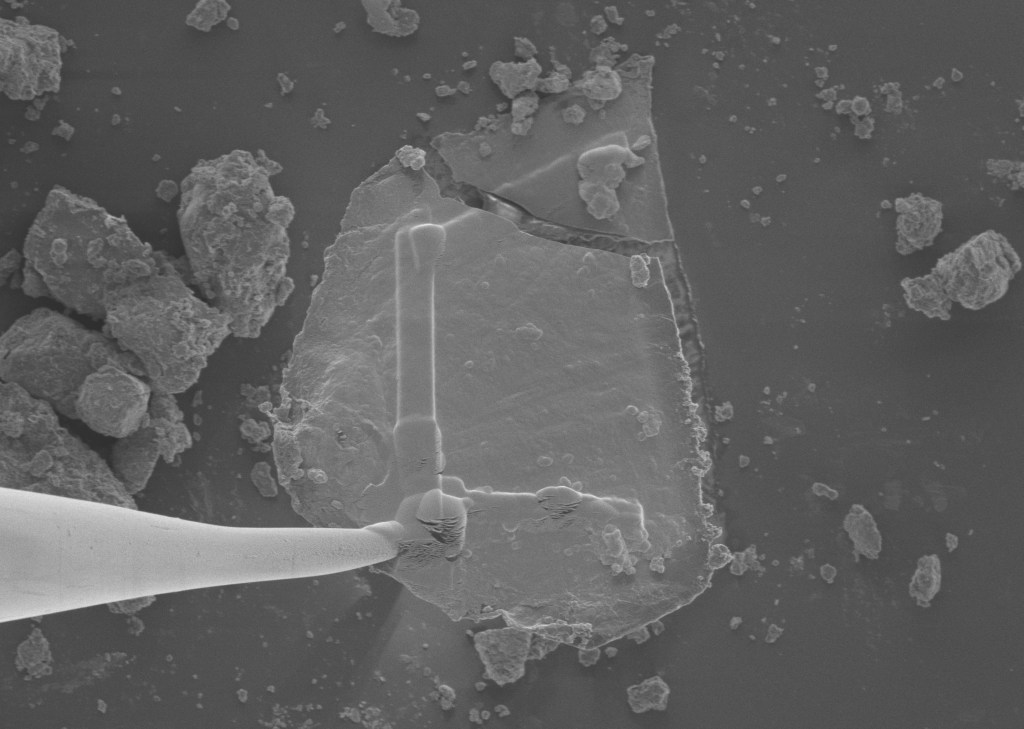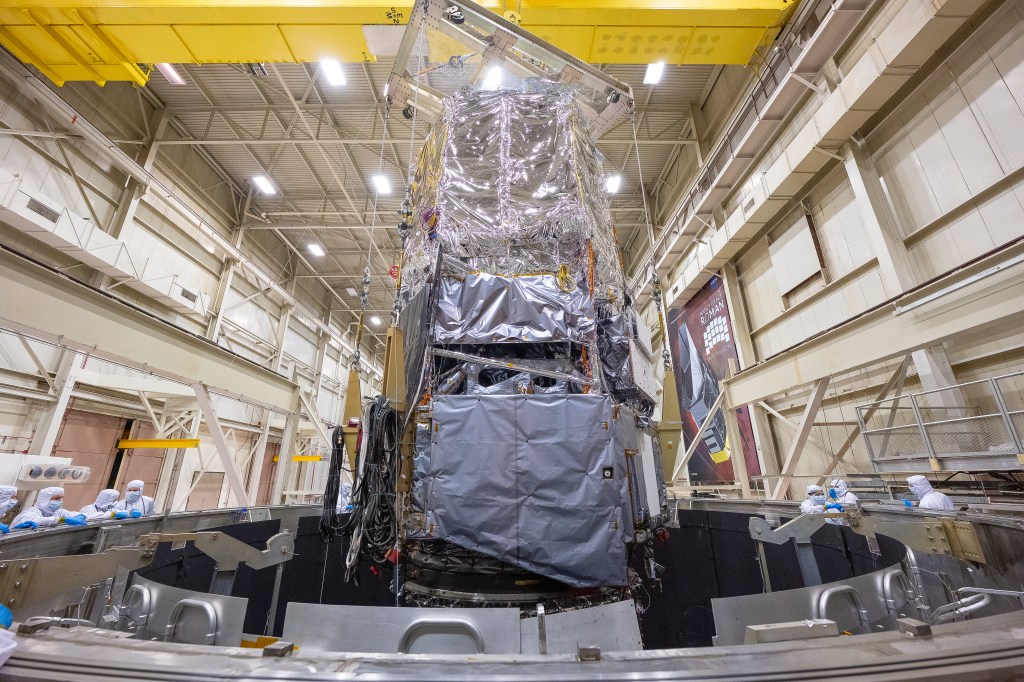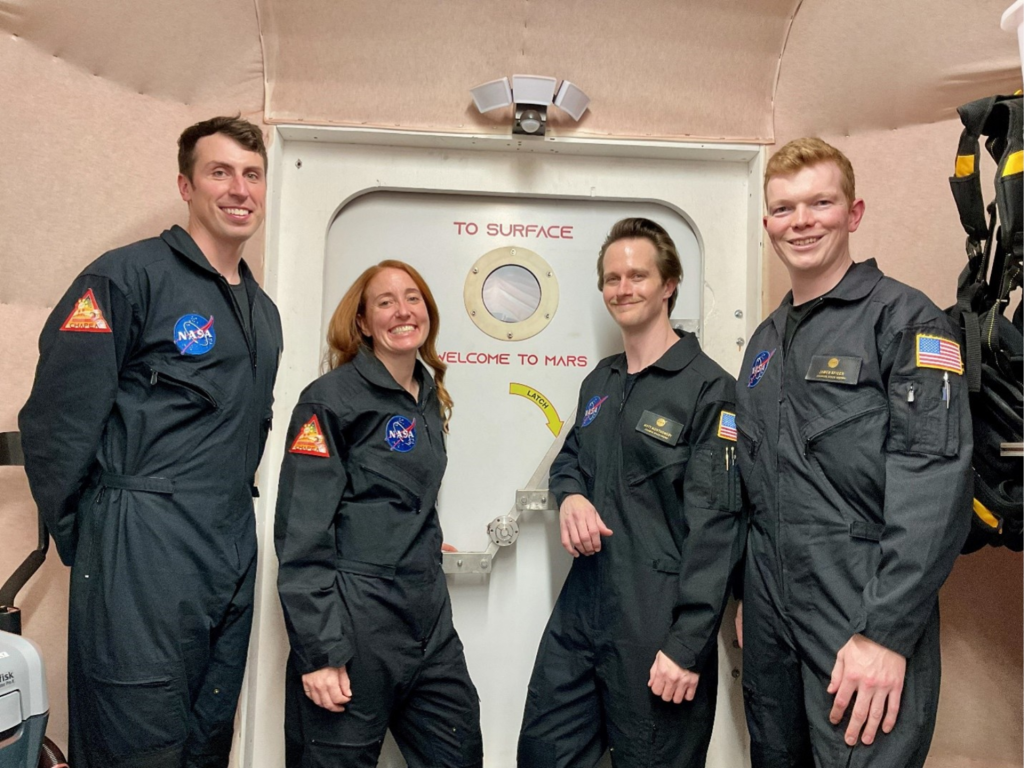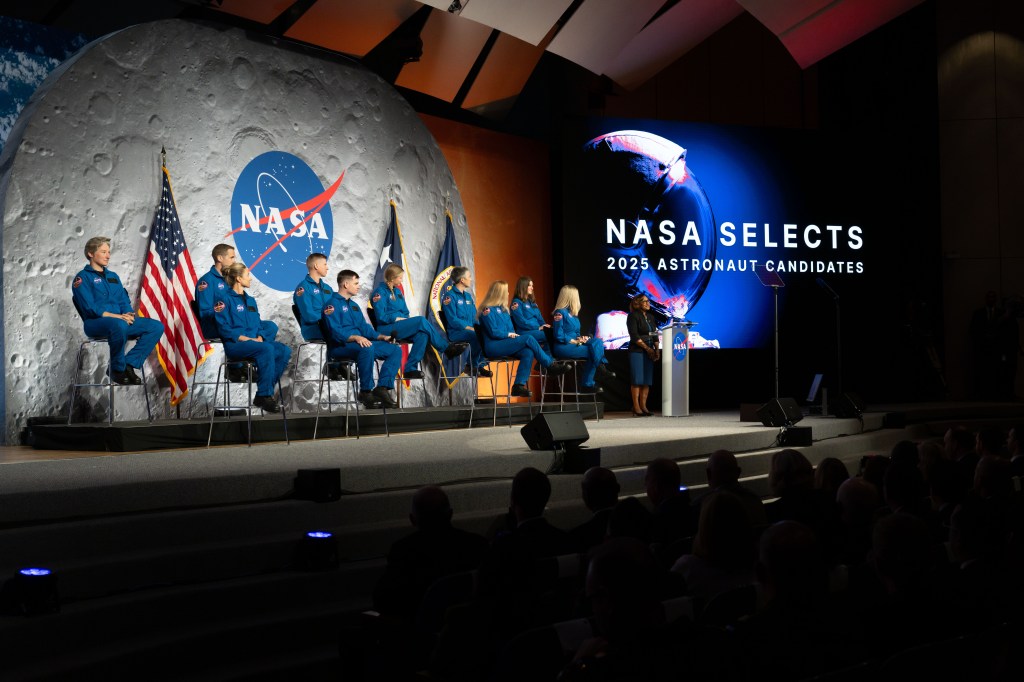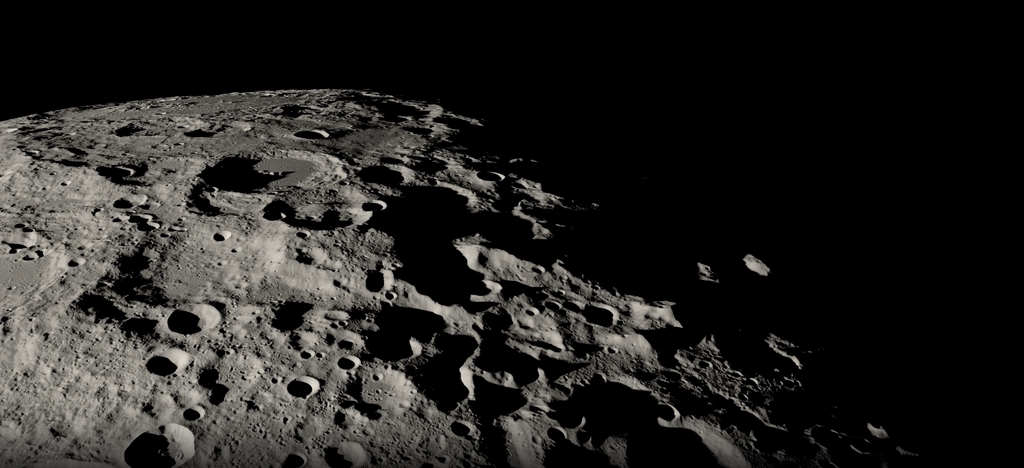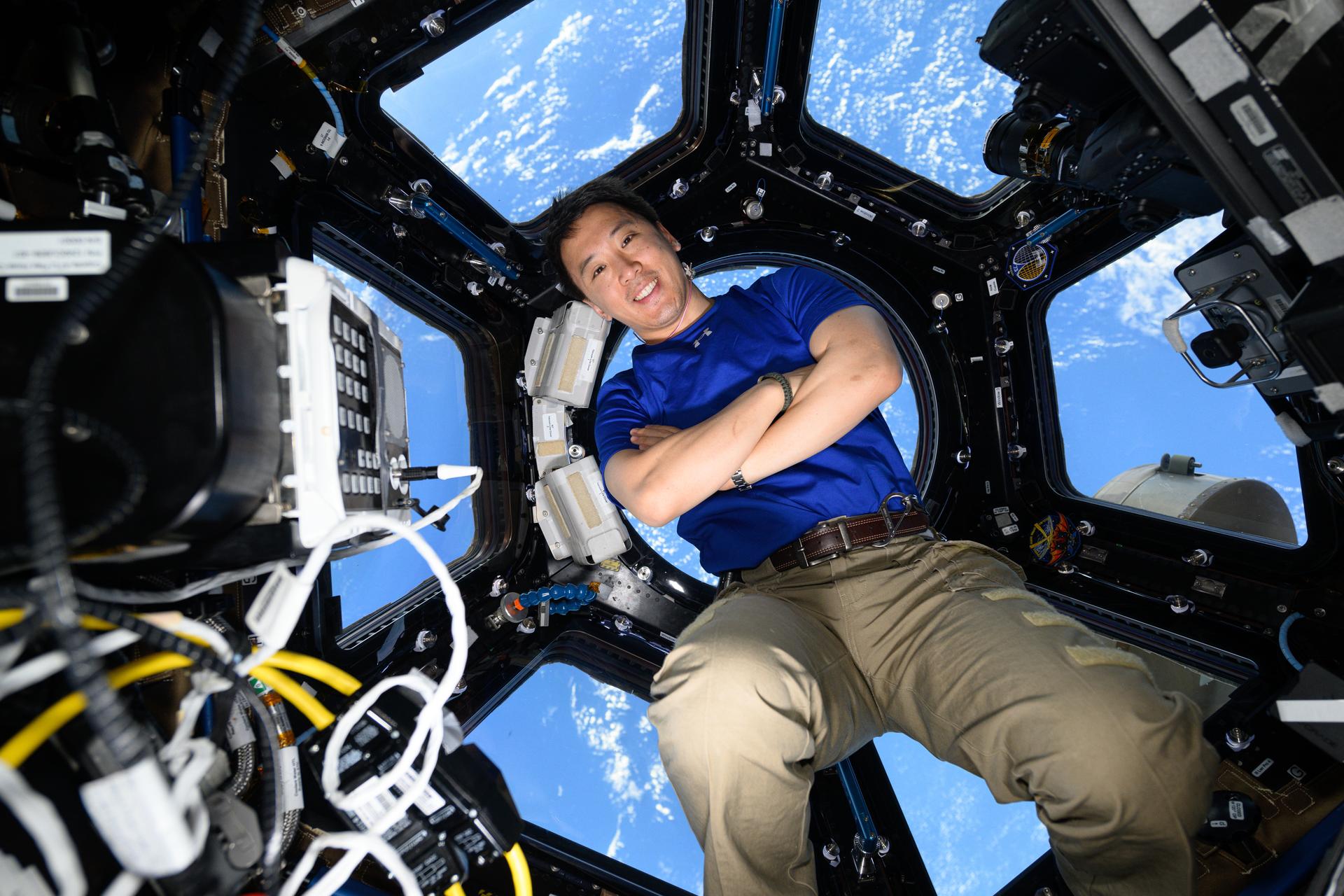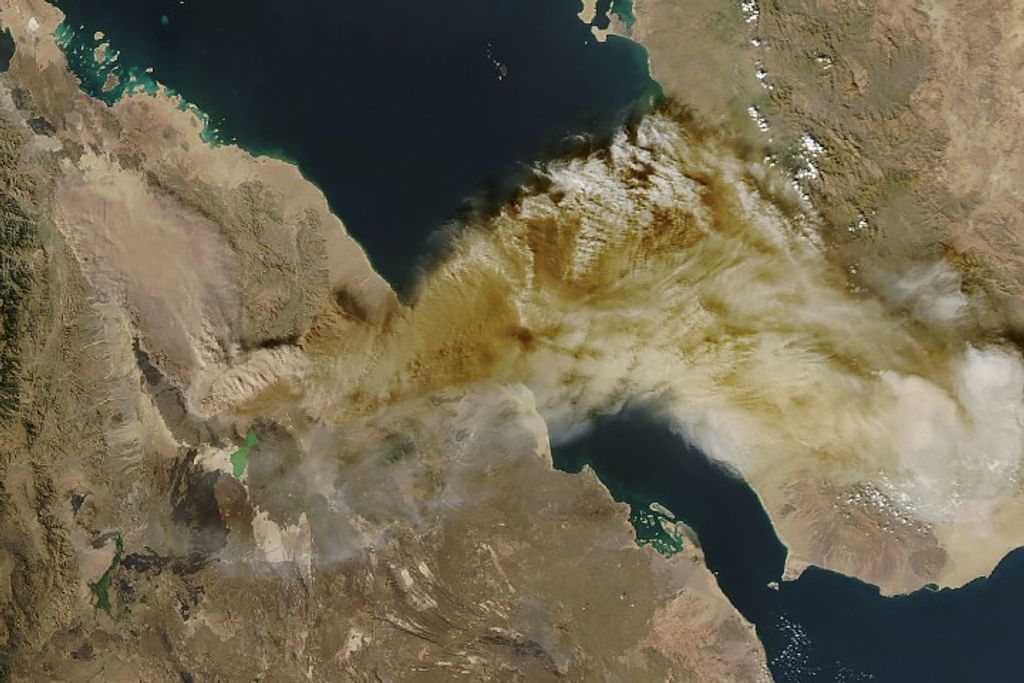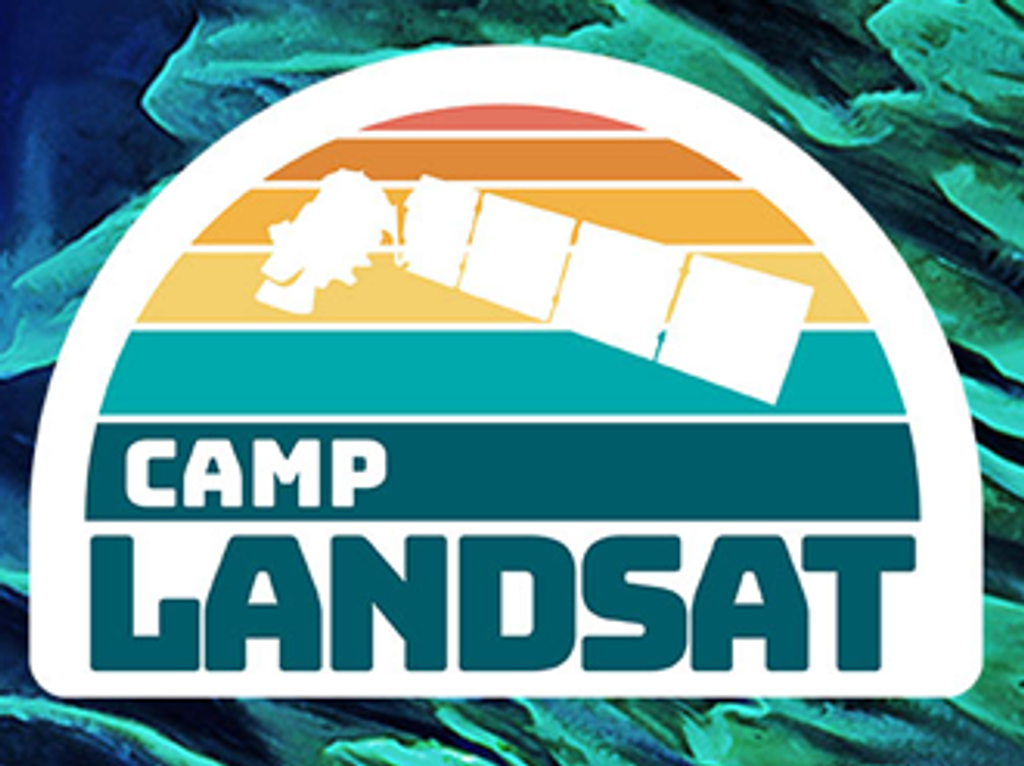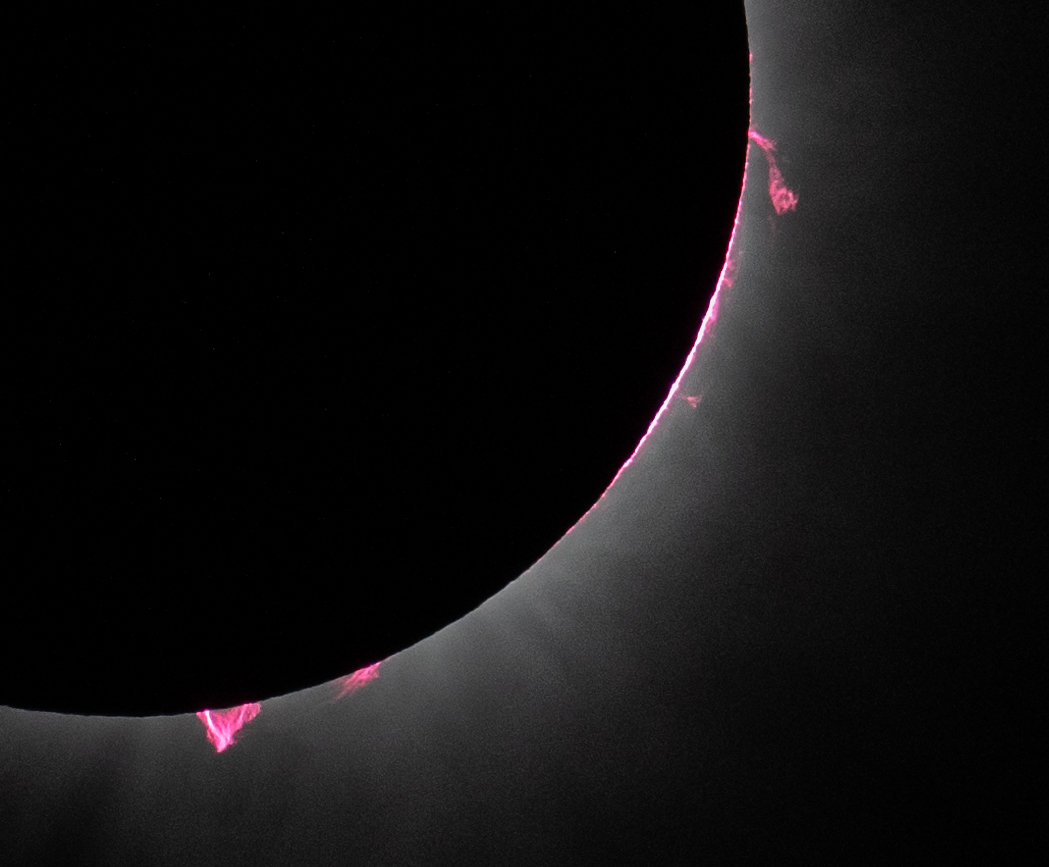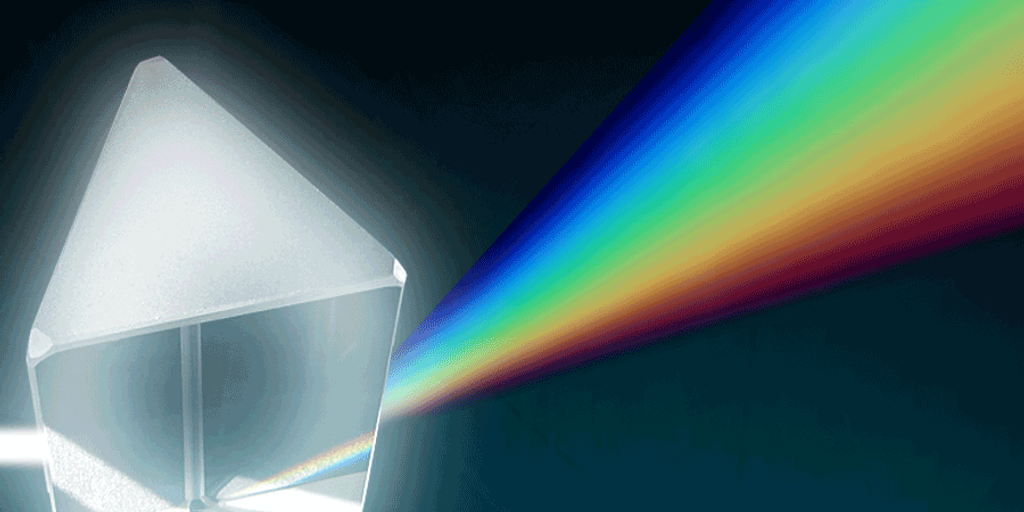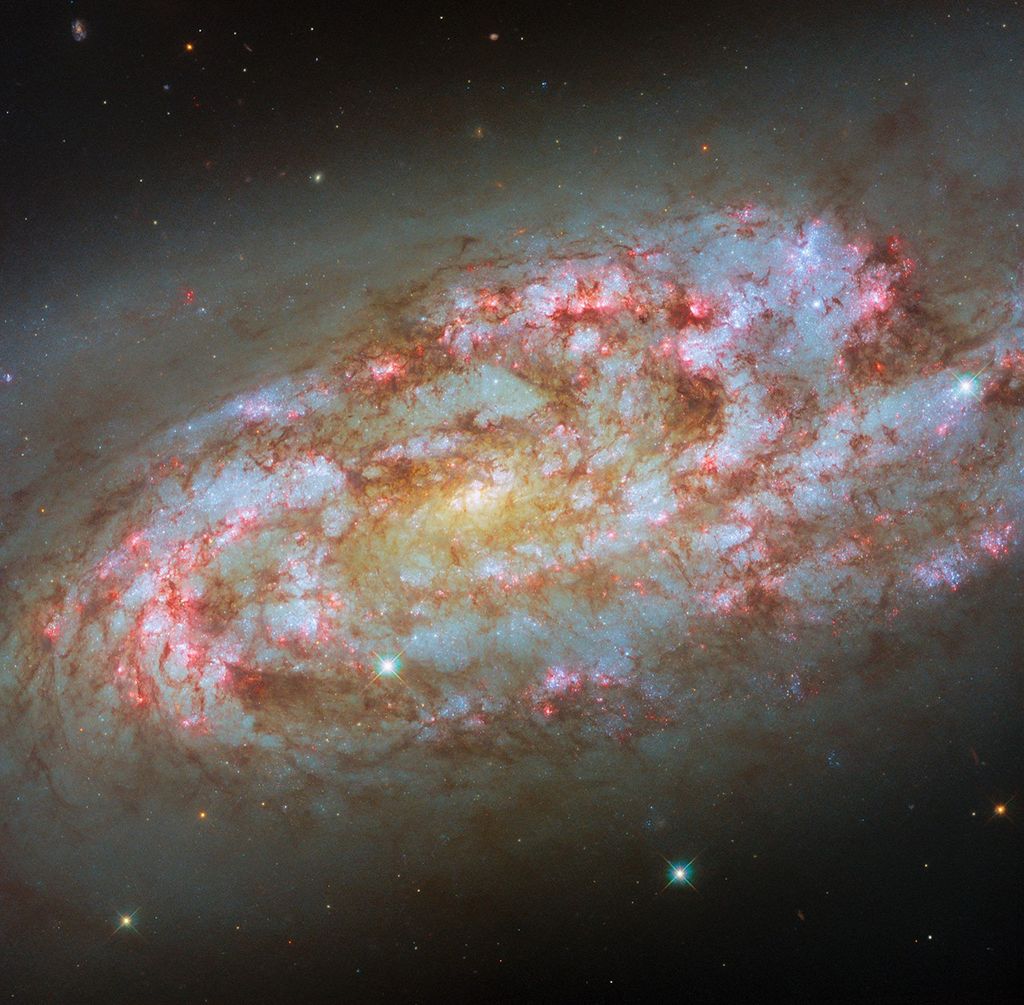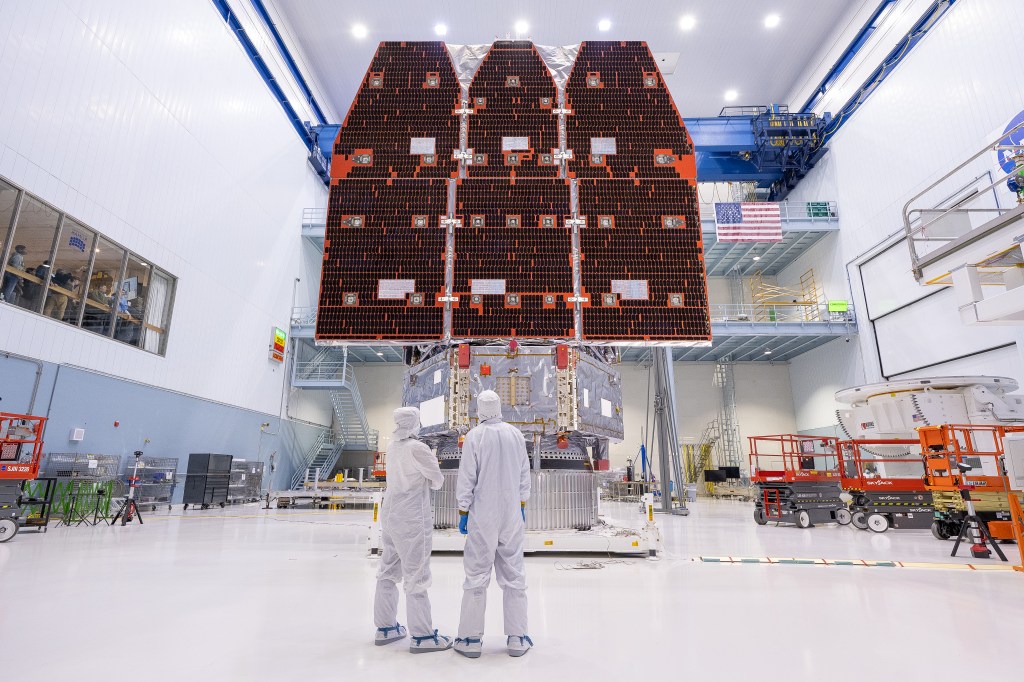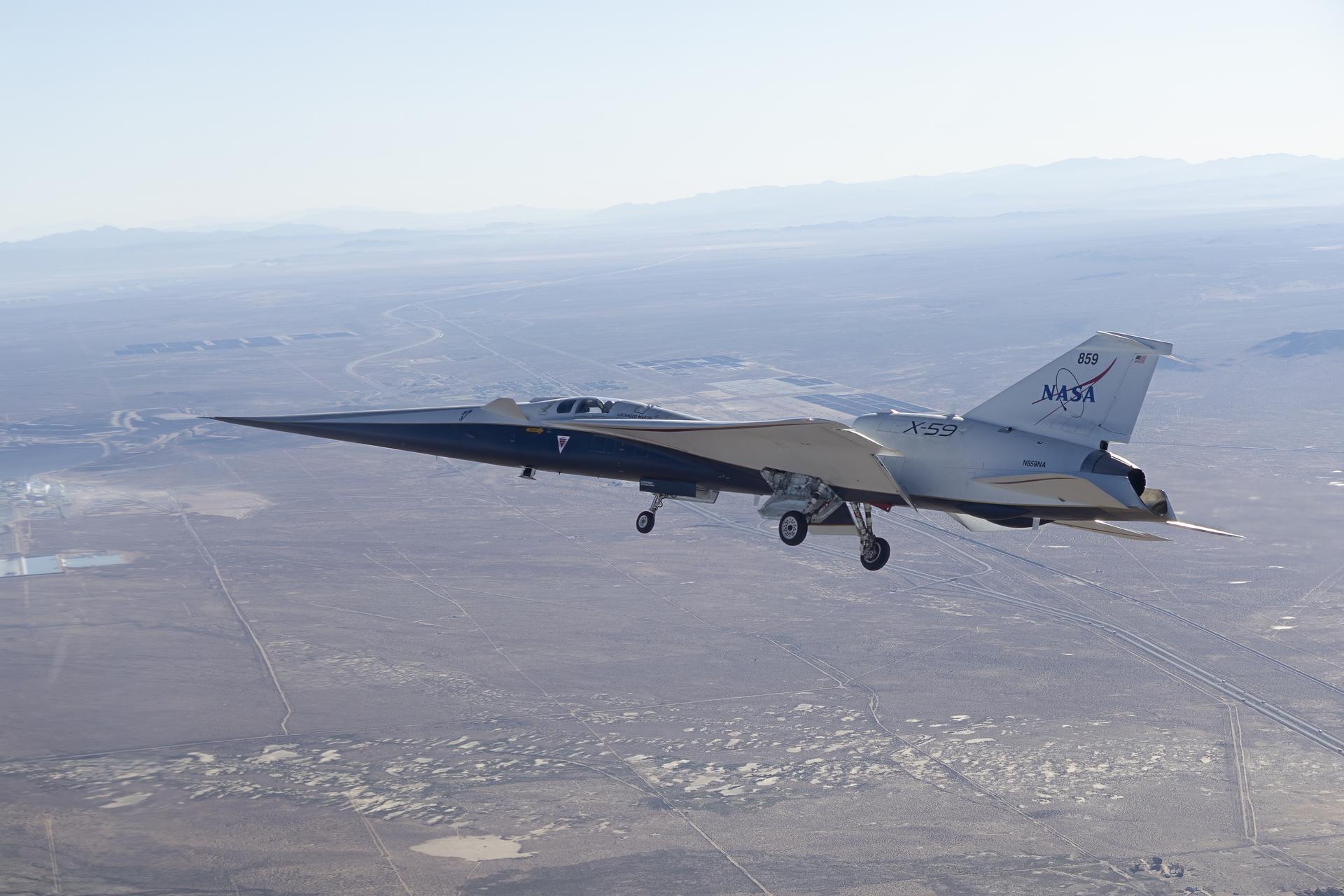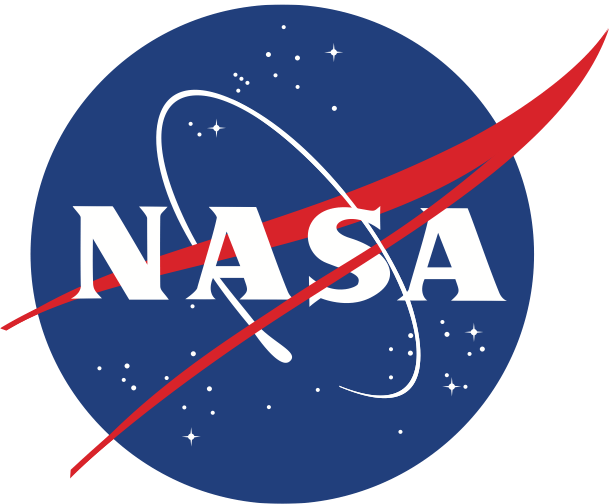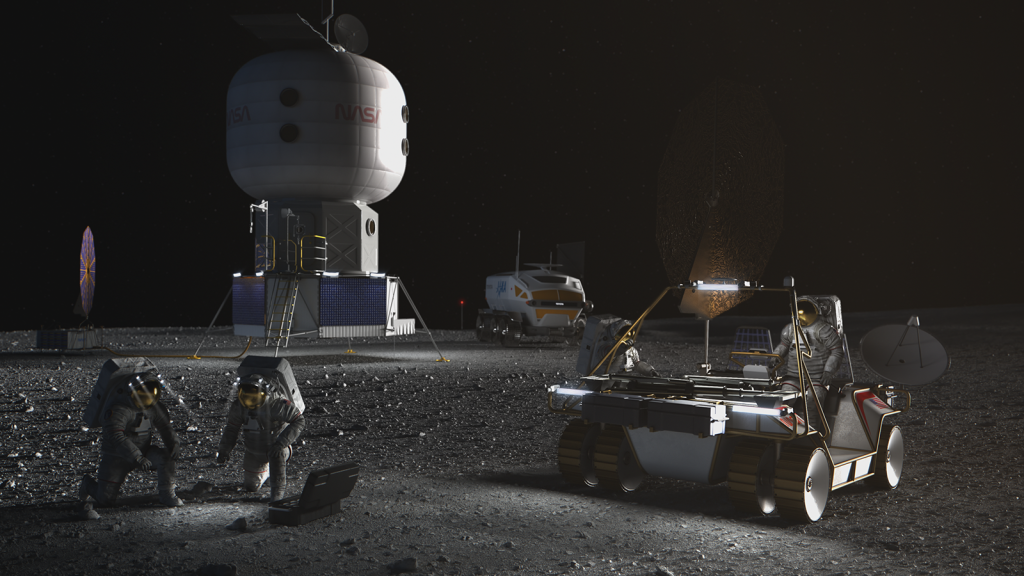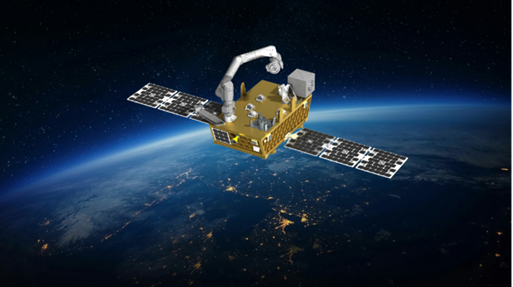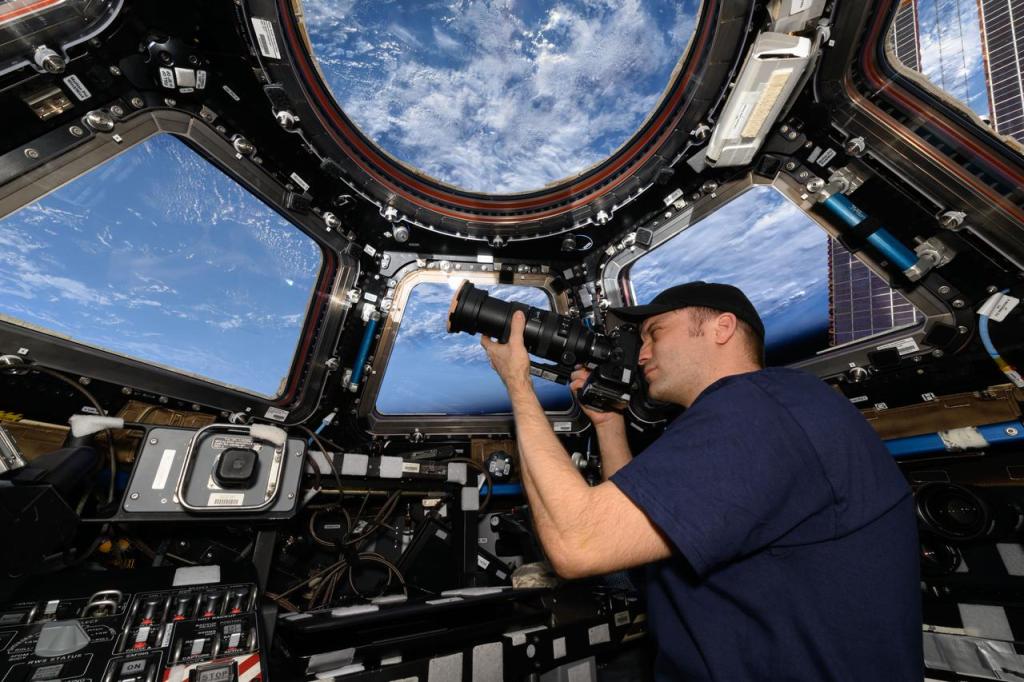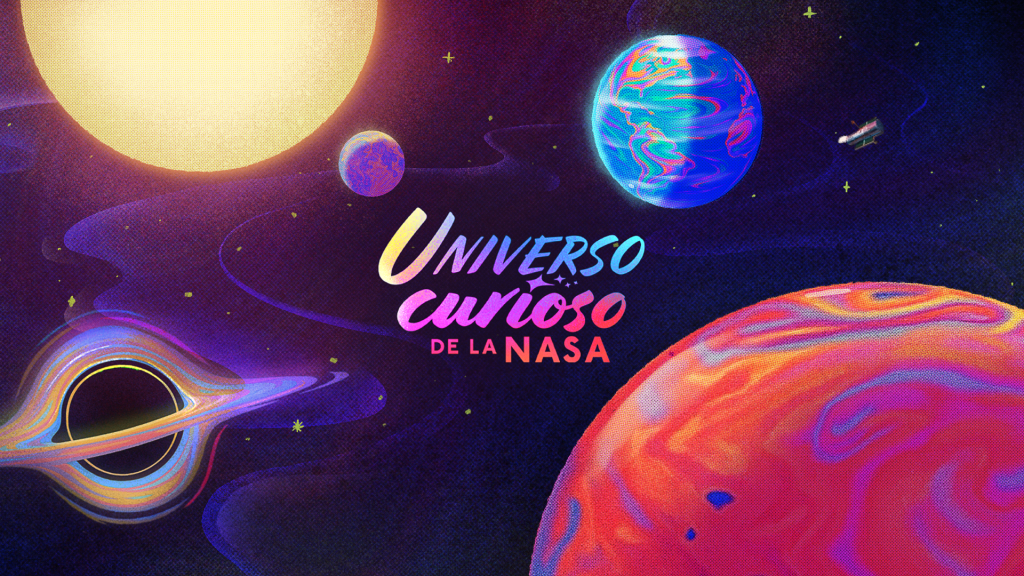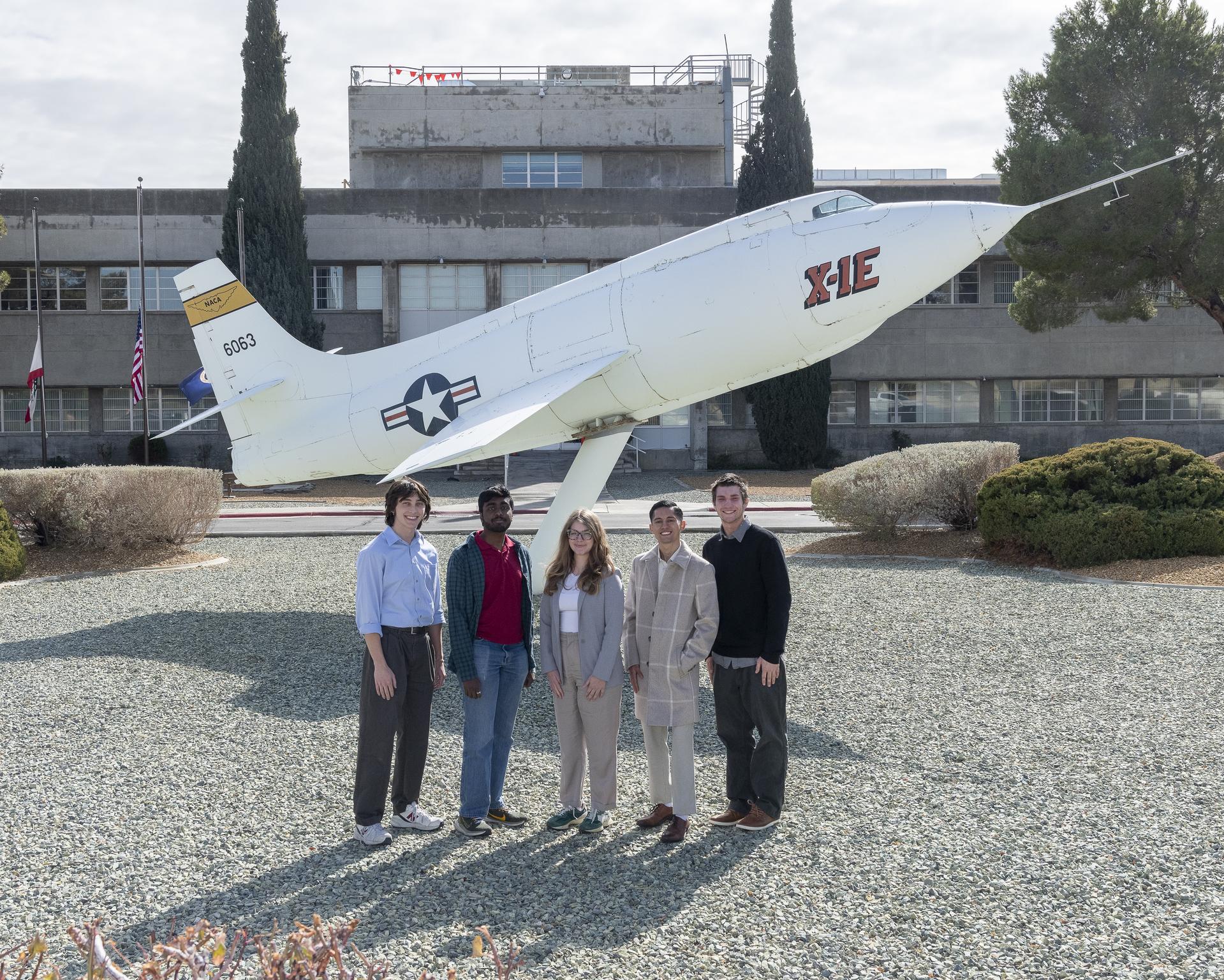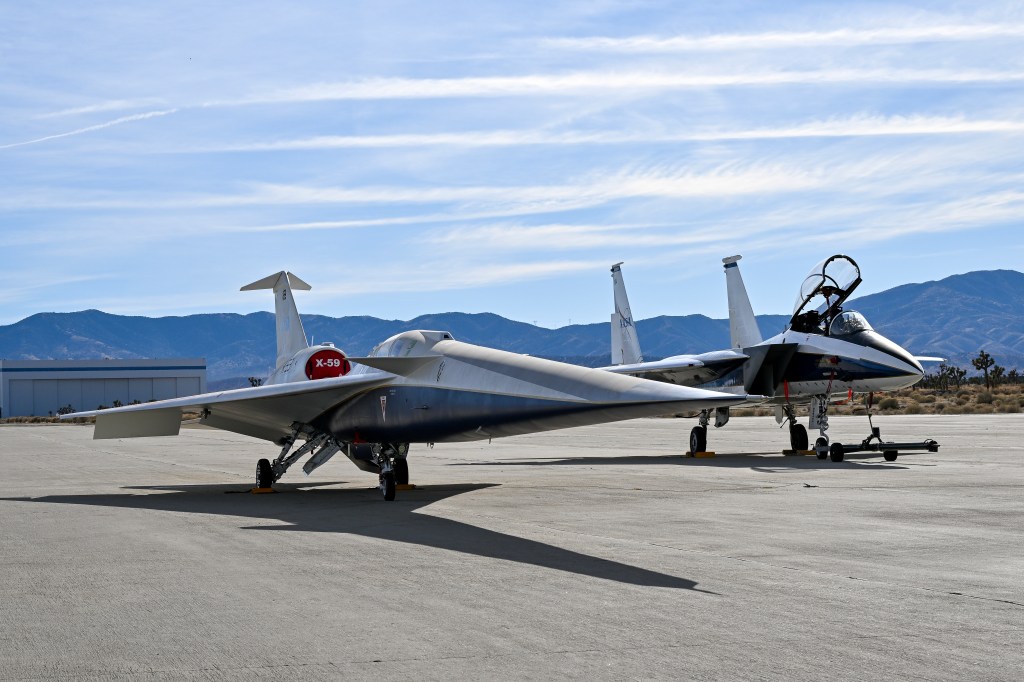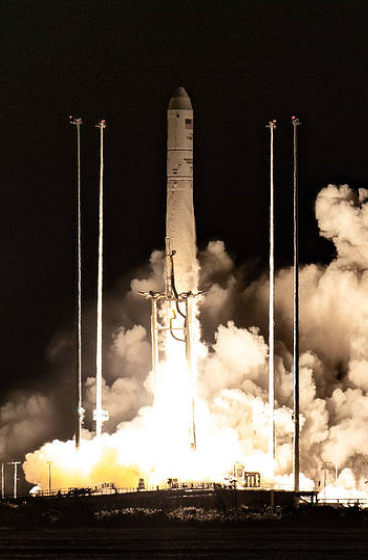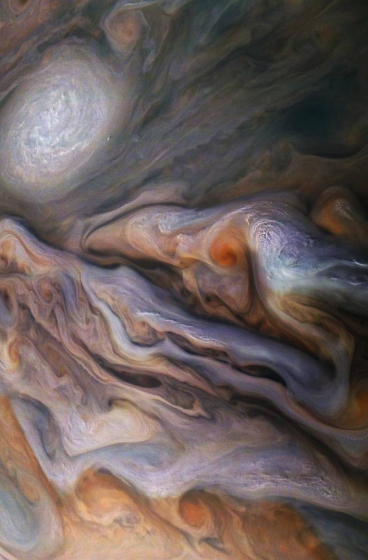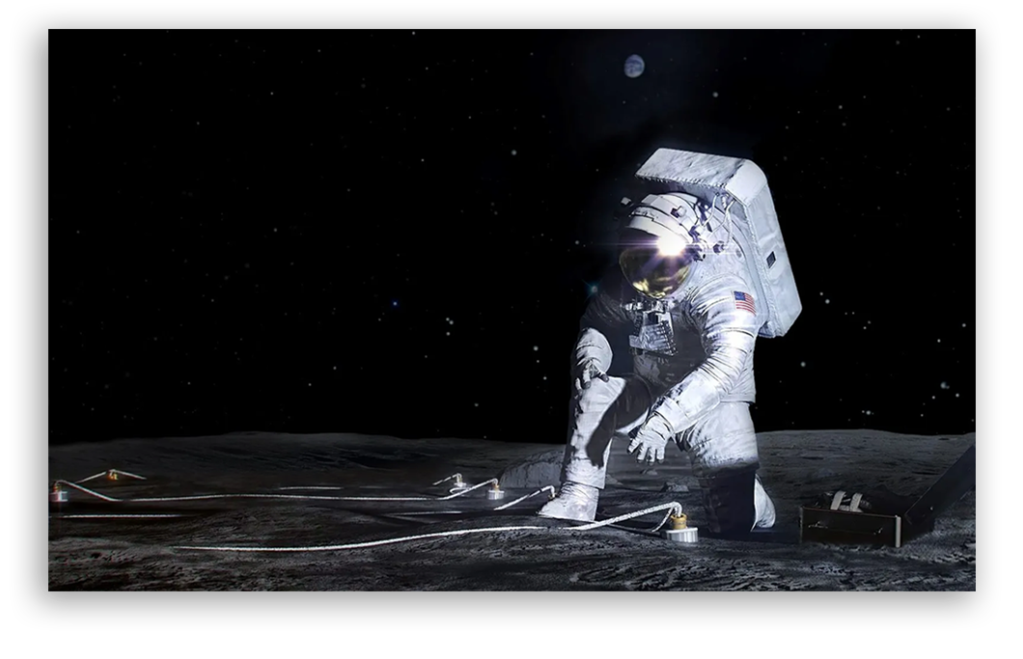
NASA Awards Four Early-Stage Planetary Instrument Technology Development Grants
NASA has made four new awards through the Planetary Instrument Concepts for the Advancement of Solar System Observations (PICASSO) program.
The PICASSO portfolio focuses on early-stage ideas — defined as concepts at a Technology Readiness Level (TRL) of 1 to 3 on a nine-point scale — that would support the development of instrument hardware which would enhance or enable the scientific return on future planetary missions to other worlds within our solar system.
The four projects awarded from the first round of selections for the solicitation for PICASSO24 will expand NASA’s portfolio of technology available for the development of missions exploring a wide range of environments. These technologies will help answer key questions about the origins of our solar system, the search for life, and the study of our planetary neighborhood.
NASA’s 2024 PICASSO Award Selections
NASA’s 2024 DALI (Development and Advancement of Lunar Instrumentation) Award Selections
The DALI24 projects will expand NASA’s portfolio of technology available for the development of instruments for use in future lunar missions, including the agency’s Commercial Lunar Payload Services program and Artemis campaign.
The goal of DALI is to develop and demonstrate instruments that show promise for use in future announcements of NASA flight opportunities, in addition the instruments are intended to be ready for flight hardware build after the three-year project duration. In DALI each of the selected scientists is granted approximately $1 million per year to develop their instrument.
DALI is one of several programs funded by the Exploration Science Strategy Integration Office (ESSIO) which ensures science is infused into all aspects of lunar exploration and leads integration between the Science Mission Division (SMD), NASA mission directorates, other government agencies, international partners and commercial communities.
NASA’s 2024 DALI Award Selections
NASA’s 2024 MatISSE (Maturation of Instruments for Solar System Exploration) Program Selections
 The MatISSE 2024 projects will expand NASA’s portfolio of instrument technology available for the development of missions exploring a wide range of environments, from the hot surfaces of inner planets to the far-flung icy worlds on the edges of the Solar System. These technologies will help answer key questions about the origins, evolution and future of our solar system, and the search for life in our planetary neighborhood.
The MatISSE 2024 projects will expand NASA’s portfolio of instrument technology available for the development of missions exploring a wide range of environments, from the hot surfaces of inner planets to the far-flung icy worlds on the edges of the Solar System. These technologies will help answer key questions about the origins, evolution and future of our solar system, and the search for life in our planetary neighborhood.
The MatISSE portfolio focuses on mid-stage technology development, defined as concepts at a Technology Readiness Level (TRL) of 4 through 6, at which point the technology can be proposed for use on planetary missions.
2024 MatISSE Program Selections
Our Alien Earth
 We are excited to announce the release of Our Alien Earth, an astrobiology program production now streaming on NASA+. This documentary series follows scientists that are principle investigators for Planetary Science and Technology from Analog Research (PSTAR) program into the field as they explore the most extreme environments on Earth, testing technologies that directly inform NASA missions to detect and discover extraterrestrial life in the universe. From The Lava Fields of Holuhraun, Iceland, to the Underwater Volcanoes of Santorini, Greece, you’ll get a front-row seat to the research on Earth, which allows us to explore farther into the cosmos!
We are excited to announce the release of Our Alien Earth, an astrobiology program production now streaming on NASA+. This documentary series follows scientists that are principle investigators for Planetary Science and Technology from Analog Research (PSTAR) program into the field as they explore the most extreme environments on Earth, testing technologies that directly inform NASA missions to detect and discover extraterrestrial life in the universe. From The Lava Fields of Holuhraun, Iceland, to the Underwater Volcanoes of Santorini, Greece, you’ll get a front-row seat to the research on Earth, which allows us to explore farther into the cosmos!
Watch HERE: Our Alien Earth: The Undersea Volcanoes of Santorini, Greece
NASA Awards 10 Planetary Instrument Technology Development Grants
 NASA has made 10 new awards through the Planetary Instrument Concepts for the Advancement of Solar System Observations (PICASSO) program.
NASA has made 10 new awards through the Planetary Instrument Concepts for the Advancement of Solar System Observations (PICASSO) program.
The PISCASSO23 projects will expand NASA’s portfolio of technology available for the development of missions exploring a wide range of environments, from the hot surface of Mercury to the far-flung icy worlds on the edges of the Solar System. These technologies will help answer key questions about the origins of our solar system, the search for life, and the study of our planetary neighborhood.
Planetary Instrument Technology Development Grants
PESTO funded programs infused to new opportunities
 NASA has chosen the first science instruments designed for astronauts to deploy on the surface of the Moon during Artemis III. Once installed near the lunar South Pole, the three instruments will collect valuable scientific data about the lunar environment, the lunar interior, and how to sustain a long-duration human presence on the Moon, which will help prepare NASA to send astronauts to Mars. DALI18- Lunar Environment Monitoring Station (LEMS) was among those selected.
NASA has chosen the first science instruments designed for astronauts to deploy on the surface of the Moon during Artemis III. Once installed near the lunar South Pole, the three instruments will collect valuable scientific data about the lunar environment, the lunar interior, and how to sustain a long-duration human presence on the Moon, which will help prepare NASA to send astronauts to Mars. DALI18- Lunar Environment Monitoring Station (LEMS) was among those selected.
A3DI selection
 NASA has awarded five scientists and engineers Development and Advancement of Lunar Instrumentation (DALI)grants to support the development of instruments for potential use in future lunar missions, including the agency’s Commercial Lunar Payload Services and Artemis campaign.
NASA has awarded five scientists and engineers Development and Advancement of Lunar Instrumentation (DALI)grants to support the development of instruments for potential use in future lunar missions, including the agency’s Commercial Lunar Payload Services and Artemis campaign.
DALI
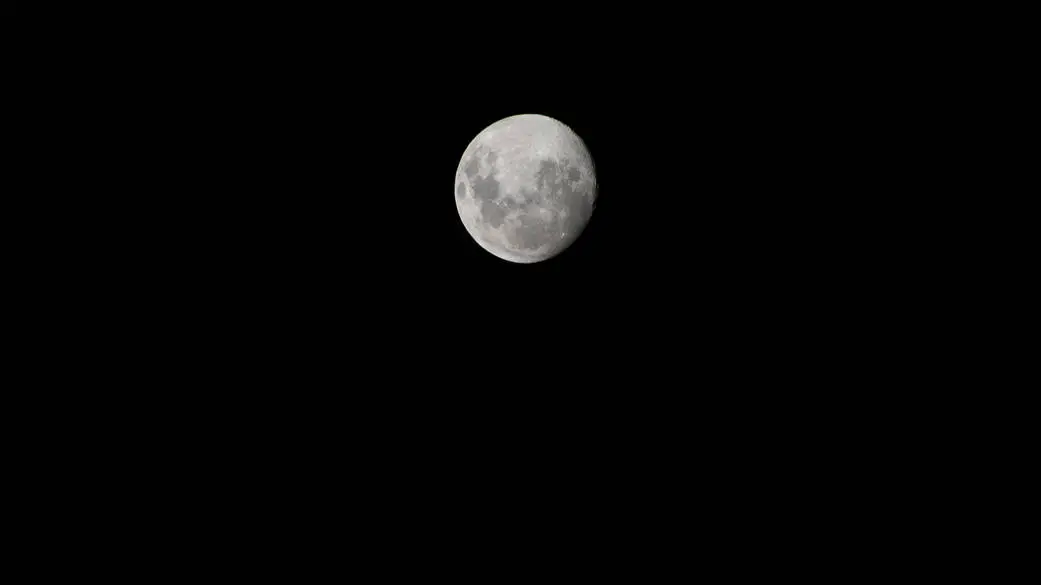 As part of NASA’s regular cadence of robotic lunar missions through Artemis, the agency has selected a new scientific payload to establish the age and composition of hilly terrain created by volcanic activity on the near side of the Moon. The DIMPLE instrument suite, short for Dating an Irregular Mare Patch with a Lunar Explorer, will investigate the Ina Irregular Mare Patch, discovered in 1971 by Apollo 15 orbital images.
As part of NASA’s regular cadence of robotic lunar missions through Artemis, the agency has selected a new scientific payload to establish the age and composition of hilly terrain created by volcanic activity on the near side of the Moon. The DIMPLE instrument suite, short for Dating an Irregular Mare Patch with a Lunar Explorer, will investigate the Ina Irregular Mare Patch, discovered in 1971 by Apollo 15 orbital images.
DIMPLE is the result of the third annual proposal call for PRISM (Payloads and Research Investigations on the Surface of the Moon), which sends science investigations to the Moon through a NASA initiative called CLPS, or Commercial Lunar Payload Services. This PRISM call was the first that allowed proposers to choose and justify a particular landing site for conducting high-priority lunar science investigations.The principal investigator for the DIMPLE mission is F. Scott Anderson of Southwest Research Institute’s Solar System Science and Exploration Division, which is located in Boulder, Colorado. The DIMPLE instrument suite contains the Chemistry Organic and Dating Experiment (CODEX or CDEX) which was developed and matured to TRL 6 under a DALI award.
DIMPLE: PRISM selection- DIMPLE
SWRI: Newsroom
TechPort: CDEX for DALI

